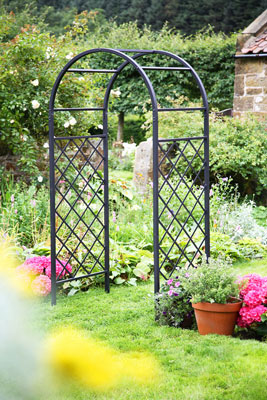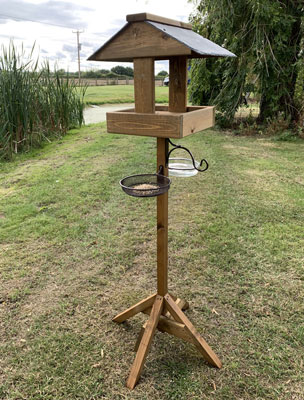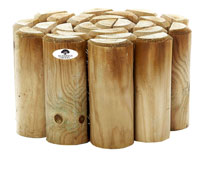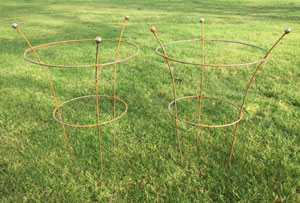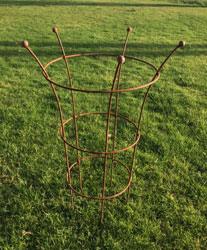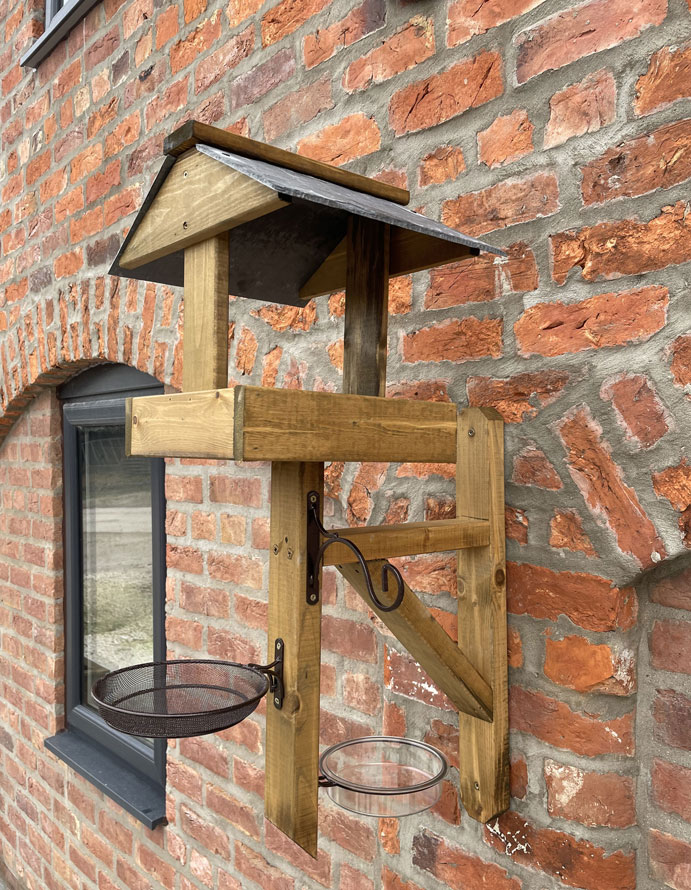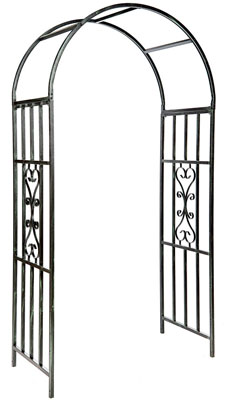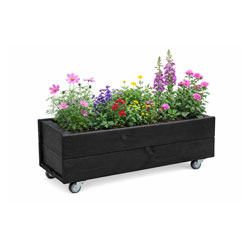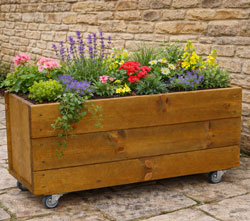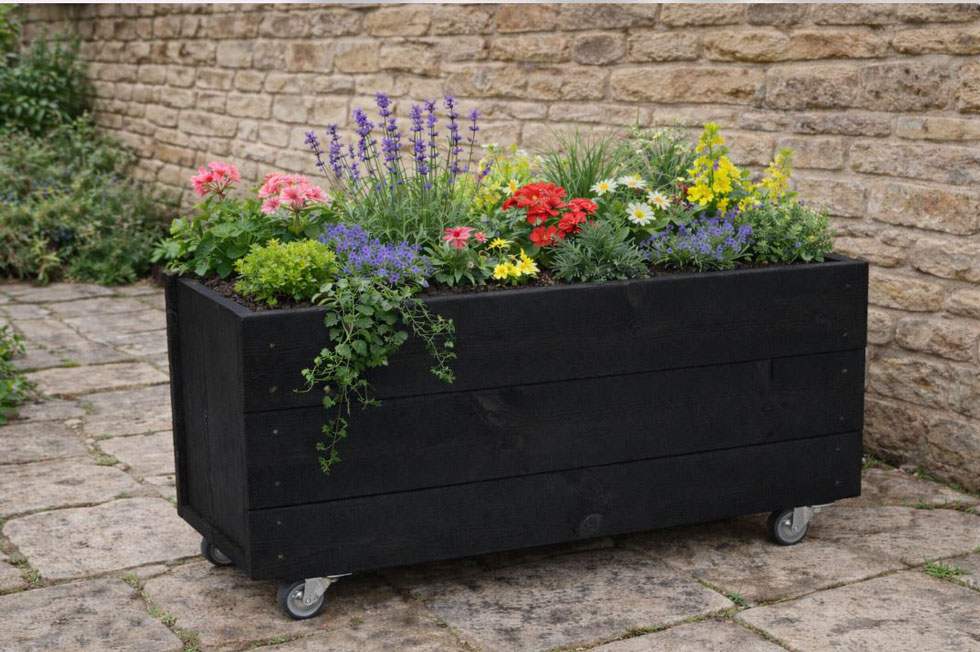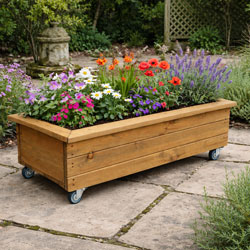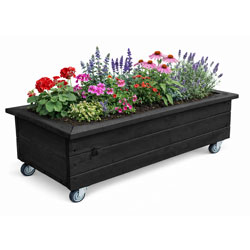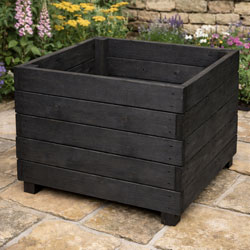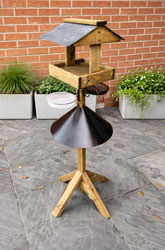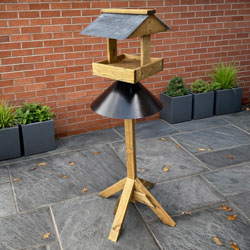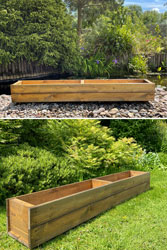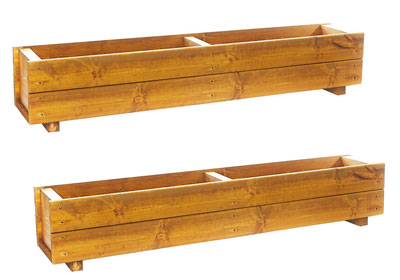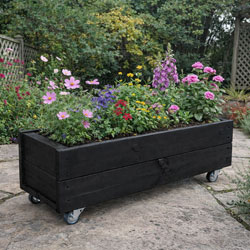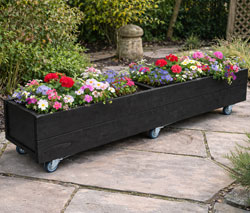Successful Vegetable Growing
Starting Vegetables in the Greenhouse
In most parts of the country it is best to start many veg in the greenhouse to give them a head start, and here in East Yorkshire it is almost essential.
There are a couple of golden rules that I follow – don’t plant too soon, with this year’s late cold snap I am only just starting now, in mid-March, and secondly keep transplanting to a minimum, I believe transplanting nearly always checks growth.
I sow leeks and tomatoes first, leeks in trays (usually old mushroom containers) and tomatoes in 3 inch pots from which they will go directly into grow bags in late May. I also plant broad beans in 3 inch pots at this time, because if I plant them in the garden the mice will get the lot.
The next batch will include all brassicas (3 or 4 seeds in 3 inch pots, thinned to one per pot. Herbs will be planted at this time in trays with 12-20 pods, again a few seeds in each and thinned to one per pod.
The final planting will be mid April and include runner beans, French beans, courgettes, celeriac and Florence fennel. The beans and courgettes in 3 inch pots, the others in half-trays with 6 pods.
The last few years I have also done a dozen or so agretti plants with the rest of the packet being sown outdoors when the greenhouse grown plants are put out in late May. If you haven’t tried this delicious vegetable, I would highly recommend it. It is a bit like samphire, but less salty and very easy to grow. The young shoots are steamed for 5 mins, or boiled for two; and you can keep coming back and cutting more all summer. We even have young shoots raw in a mixed salad.
I cover all seed trays and pots with fleece until germination and then watering regularly, but not heavily is the secret.
Don’t forget to harden off, a minimum of out during the day for 3 or 4 days and back in the greenhouse at night. Again I always fleece the transplants after I have watered them in for the first 3 days, or longer if the weather is especially hot or cold
Vegetables for the smaller garden
If you are short of either time or space you will probably not want to grow many vegetables, bit it is worth growing a few however small your garden. First think why you want to grow them, is it for the superior taste of home-grown, are you after big yield? Or do you just want to grow something you can’t find in the shops?
The best tasting veg that you can grow at home are probably carrots which are very easy and pulled from the garden and eaten straight away are much better than anything you can buy. Spinach is also worth a go, small leaves can be used in salads and the bigger ones steamed or wilted in boiling water and chopped with butter, garlic and herbs; additionally spinach is the most nutritionally valuable vegetable. Other taste treats, but not quite so easy are peas and sweetcorn. Many years ago I read a seed catalogue that said when you want to eat your sweetcorn, first get the pan of water boiling, then strip the cob while it is on the plant, finally cut it off and RUN to get it in the boiling water. I was sceptical to say the least, but did it. The taste was amazing! Now I know why it is called sweet-corn. Just try it.
Big yields come from dwarf French beans (green beans), I grow Compass, we eat lots during the summer, give lots away and still freeze 3 or 4 big tubs per year. If you have an out of the way corner courgettes will crop well, three plants will feed the average family of four quite easily. Beetroot also crops heavily, stands well, young leaves can be picked off for a spicy salad; plus if you get the white variety, you will enjoy the best tasting beetroot ever. But please don’t pickle them, just boil till tender or roast!
If you have light, well drained soil give asparagus some space, you have to wait a year or two before you crop it, but the flavour is great and once established you will eat more than you ever would if you were buying it. Less usual crops include salsify and Hamburg parsley, both white roots and very tasty.
Digging Vegetable Garden\n
There is a school of thought that says you can have a vegetable garden and not have to dig it over every year. My view is that it depends on your soil.
One of the things you need to have in your growing medium is air. It allows passage of water to effectively drain the soil after rain and stop it becoming waterlogged. A densely packed soil will not only become waterlogged but will mean the plants find it hard to establish root runs, they will do it, but it will be slow. Not good if you are trying to crop veg within a single growing season.
So if you have a light sandy soil, it will drain well and resist compaction, whereas if you have heavy clay and you walk on it while it is wet, compaction happens all too easily and quickly. It is not difficult to see which soil type will be most amenable to a no-dig regime!
However, if you are not at either extreme, there are things you can do that can help the cause of reducing or even eliminating digging.
First, design your beds well. Make beds narrow so that you can reach across to weed and harvest and don’t need to walk on the soil. If you want wider beds use a plank on bricks to work from instead of walking on the bed, but this becomes tricky if you have taller crops.
Next prepare your soil well. Consider adding horticultural grit or sharp sand if it is heavy and add plenty of organic matter, manure or compost. Once you have built up the populations of bacteria, fungi and earthworms that need to be present in a healthy soil, then all you need to do is top dress with 5 cm or so of compost each year. Then you worm population will drag the vegetable matter down into the soil and in doing so will create their own small passages and maintain the level of aeration you need.
I have some raised beds where this works well. I just loosen the surface with a rake before planting my seeds and we are now in the third year of not digging. But my ground beds with heavy soil are rotovated every year.
Sprouting Vegetable Seeds
There are alternatives, most dried peas and beans sold for eating will often germinate, try a few until you find a good source. Germination rates will not be so good, but your sprouts will still be cheaper. Asian supermarkets often sell many types of seeds as spices, and again these will often germinate.
A good middle of the road choice is to use a specialist supplier, you will find a number of these online. If you don’t want large quantities of sprouts and don’t want pea, bean or sunflower sprouts, there is a very simple method of cultivation. Take one jam jar, drill a few 2 or 3 mm holes in its lid. Fill about quarter full with seeds (one species or a mixture), then fill to ½ with cold water and allow the seeds to soak. After 12 hours drain the water off, rinse and drain again, then lay the jar on its side somewhere warm, either light or dark. Rinse and drain the seeds 3 times a day. After 4-5 days your seeds should have sprouted, at which point you should rinse them 3 times and drain thoroughly. The shoots are now ready and will last a few days in the fridge. Obviously this way you will be eating the remains of the seed as well as the shoot, so children may be put off. Also do be aware that a very small proportion of seeds can harbour diseases, so wash hands thoroughly after handling, and stick to the sprouting method described earlier if your health is vulnerable, then you will just eat the sprouts which are safe.
Growing Vegetable Seeds
If, like me, you are itching to get out in the garden but the weather is holding you up, then maybe you can satisfy your need to grow something by growing some microgreens.
Microgreens is the new name for vegetables harvested just after the seed sprouts, remember mustard and cress? However these days many more crops are grown in this way and make colourful and tasty garnishes for almost any snack or meal. Note for example, how the use of pea shoots has taken off in the better restaurants over the last few years.
First let’s limit ourselves the smaller end of the range, that’s most things apart from peas, beans and sunflowers. I find it best to use any box or seed tray, put a layer of newspaper, kitchen towel or whatever you have available that will absorb some water, and then a very thin layer of compost, no more than 1 cm thick, then water this so it is decently damp. Then sprinkle your seeds fairly thickly on the surface and cover with a clear plastic lid or bag and place somewhere warm and light. After a few days (depending on the temperature) you will see the seeds sprouting, let them grow, keeping them moist, warm and in the light until the first pair of leaves are developed, then you can harvest using a pair of scissors. The taste is usually best before the second set of leaves appear, but do experiment as this is not invariably the case.
So, what are you going to grow? Mustard and cress are fine, but almost any vegetable is worth a try. All salad plants are good, so choose for flavour and colour rocket, mizuna, mibuna and radish are all tangy, beetroot, red cabbage and red amaranth will bring a bright red colour to your dishes. Carrots have a distinctive flavour as do many herbs try what you like and see how it works as microveg..
Vegetable Growing
The first thing to consider is how much time and space you have vegetables tend to need quite a lot of both! But the rewards are great, the taste and satisfaction from home grown veg puts it in a different league to even farm shop produce.
Most veg prefer a slightly acid soil, pH 6-7. Crop rotation is a good thing if you have a large garden and grow a lot of different veg. Plot 1 should get as much compost or manure as you can give it and in it you grow peas, beans, onions, leeks. The following year this becomes plot 2 which gets lime (unless the soil is pH 7 or greater) and Growmore type fertiliser and grows brassicas, radishes and spinach. The following year it becomes plot 3 which just gets Growmore and grows root crops. The reason crops are rotated is to minimise the risk of clubroot infecting the soil which will wipe out your brassicas (and is not fond of lime), and to avoid fresh manure or compost on root crops which may develop forked roots.
If you don’t have much space, grow what you like best. Salads are good because it so convenient just to go and pick what you want when you need it, plus shop bought salads quickly lose their crispness. I would also go for carrots because they always taste so much better than shop bought, and courgettes because a couple of plants can provide a lot of courgettes, and you could always let one or two grow into marrows but beware, this will reduce the number of courgettes you get.
The best veg is grown quickly. In order to achieve this:
Don’t plant too early in the year and never if the soil is waterlogged or below 5oC
Thin out seedlings to the recommended spacing early
Water regularly in dry spells (every other day is good), and give plenty of water each time
Get rid of weeds when they are small, they will quickly steal the water and nutrients your veg needs
Cold frames, cloches and greenhouses can all help is keeping things moving quickly
Car boot sales are usually an excellent source of veg plants in April, especially useful for brassicas where you only need a few plants, not the hundreds you would get from a packet of seeds. However, don’t buy the cheapest plants, buy the best.
Finally, learn what grows well in your garden and what doesn’t, and concentrate on things which work


